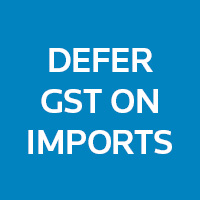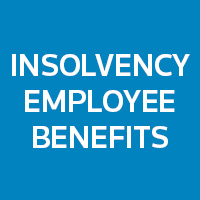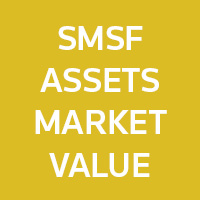Rental Property Deductions: What Can I Claim?
Rental property deductions have many rules, and the ATO is on the lookout for incorrect claims. Some expenses can be deducted immediately, while others will need to be claimed over time. Stay on top of the rules and avoid ATO headaches this tax time.
Did you know that a random audit by the ATO last year revealed nine out of ten rental property owners made a mistake with their rental deductions? In this first of a two-part series, we share some tips on what you can and can’t claim.
This series assumes you own a 100% rental property (with no private use) that is rented out, or genuinely available to rent, at commercial rates. You’ll generally only be able to claim a portion of your expenses if:
-you have a dual-use holiday home;
-you sometimes rent out your home on Airbnb;
-your property is leased at “mates’ rates” to friends and family; or
-your property is sometimes not available for rent.
Purchase expenses
Buying an investment property carries a host of upfront expenses, but not all of these are deductible straight away.
Stamp duty is not deductible, and neither are conveyancing or legal fees for the purchase.
Instead, these expenses will be included in the asset’s “cost base” for capital gains tax (CGT) purposes when you later sell the property, which effectively reduces the size of your capital gain.
On the other hand, ongoing land tax (and other charges like council and water rates) are deductible. Legal fees you incur later may also be deductible if they relate to things like evicting a tenant or suing for loss of rental income.
Another trap that can arise is initial repairs. If you need to remedy damage that already existed when you bought the property, the repair costs are not immediately deductible in the year you incur them. Instead, these can be claimed gradually over time as capital works deductions (or sometimes as depreciating assets).
You also can’t deduct costs associated with selling the property, like advertising and conveyancing expenses (which instead form part of the asset’s CGT cost base). You can, however, claim advertising costs for finding tenants while you own the property.
Repairs or improvements?
While initial repairs aren’t immediately deductible, ongoing repairs and maintenance costs for damage and wear that arises while the property is leased (or available for lease) are deductible in the year you incur them. This includes costs not only to remedy direct damage or deterioration, but also for preventative maintenance to keep the property tenantable, such as oiling a deck. Gardening, lawn-mowing, cleaning and pest control are also deductible.
It’s vital to distinguish between a repair and an improvement. This is because unlike ongoing repairs, improvement costs are not immediately deductible. The ATO says that if the work doesn’t relate directly to wear and tear (or other damage) from leasing the property, it’s not a repair. Examples of work that isn’t a “repair” but more likely an improvement include:
- Replacing an entire structure when only part of it is damaged.
- Replacing a damaged item with something that’s better and changes its character (eg replacing a broken plaster wall with a brick feature wall).
- Renovations or additions to make the property more desirable or valuable.
Some improvement costs are claimed over time as capital works deductions (where they are structural improvements) and in other cases as capital allowances (where they involve a depreciating asset such as carpets, timber flooring and curtains). Note that new rules from 2017 restrict deductions for depreciating assets already used in second-hand residential investment properties at the time of purchase. Your tax adviser can help you navigate these and other complex rules about capital deductions.
Get help from the experts
With the ATO promising to double the number of audits of rental property claims this year, it’s important to get good advice. Contact us for expert assistance to ensure you maximise your deductions while staying within the rules.











